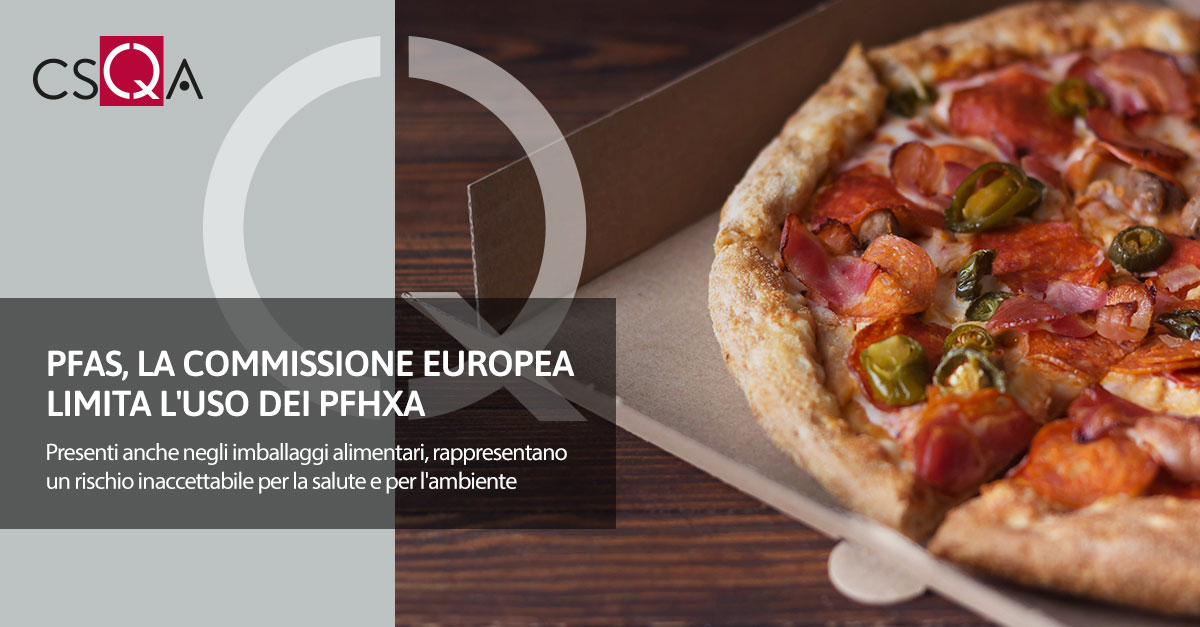 On Thursday 19 September, the European Commission adopted new measures under the REACH Regulation , the EU legislation on chemicals.
On Thursday 19 September, the European Commission adopted new measures under the REACH Regulation , the EU legislation on chemicals.
The measure aims to protect human health and the environment by restricting the use of undecafluorohexanoic acid (“PFHxA”) and PFHxA-related substances .
These are subgroups of the better known PFAS , perfluoroalkyl and polyfluoroalkyl substances, the use of which, according to the EU Commission, "represents an unacceptable risk to human health and the environment", states a note from the Commission.
The new Brussels crackdown actually represents an important step forward on PFAS pollution and contamination, as PFHxA is often used as a replacement for other PFAS that have already been banned.
It is based on the scientific evaluation of ECHA committees and has successfully passed the examination of the European Parliament and the Council.
PFAS are called “forever chemicals” because they do not degrade in the natural environment. Used in many industrial processes and consumer products, they require special attention, considering the large number of cases of contamination of soil and water , including drinking water.
Over the past 20 years, the EU has taken increasing action to tackle PFAS pollution. As set out in the Sustainable Chemicals Strategy, the Commission has committed to a comprehensive set of actions to address their use and contamination, under the REACH Regulation, chemicals legislation and other specific environmental and health legislation.
The new measures
The PFHxA restriction adopted on 19 September focuses on uses for which the risk is not adequately controlled, alternatives are available and the socio-economic costs will be limited compared to the benefits to human health and the environment.The rules will ban the sale and use of PFHxA in consumer textile products, such as rain jackets; food packaging, such as pizza boxes ; consumer blends, such as waterproofing sprays; cosmetics such as skin care products; and in some firefighting foam applications, such as for training and testing, without compromising safety.
It does not address other applications of PFHxA, such as in semiconductors, batteries or green hydrogen fuel cells.
The PFHxA restriction will formally enter into force 20 days after publication in the Official Journal and will be effectively operational after transitional periods of between 18 months and 5 years , depending on use, leaving time for replacement with safer alternatives. (Source: https://www.ecodallecitta.it/)